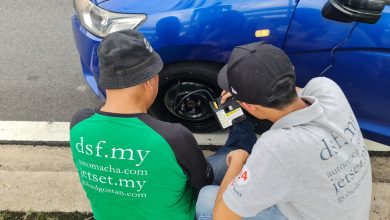Torque: What Is It And Why Is It Important In Cars?

A brief explanation at the role of torque in cars: What does this figure represent and what does it have to do with a car’s driving characteristic?
Whenever a car’s performance figure is mentioned, two metrics are always given: horsepower and torque. Instinctively, these figures at a glance tells how powerful a car is. The higher both these numbers are, the more powerful a car is.
Horsepower especially, has been the long standing metric of a measure of a car’s performance. High horsepower figures has often been associated with high performance cars. Think of the Bugatti Veyron’s 1000 hp headline figure and you’ll get the picture. The horsepower metric basically lets us know that car is really really fast. However while most of us have a grasp on the horsepower metric, the other accompanying torque figure is oft overlooked.

Sure, these days especially with turbocharging and (what was once) the age of the torque monster diesel engines, torque figures have now sometimes been the big news associated with a particular car. Just take a look at the current B-segment playing field, with everyone seeming to be battle it on their torque figure. That said, this particular performance metric still deludes many. So here we aim to break down what is really a simple enough concept, and more importantly explain why this figure should also be in your consideration when choosing your next car.
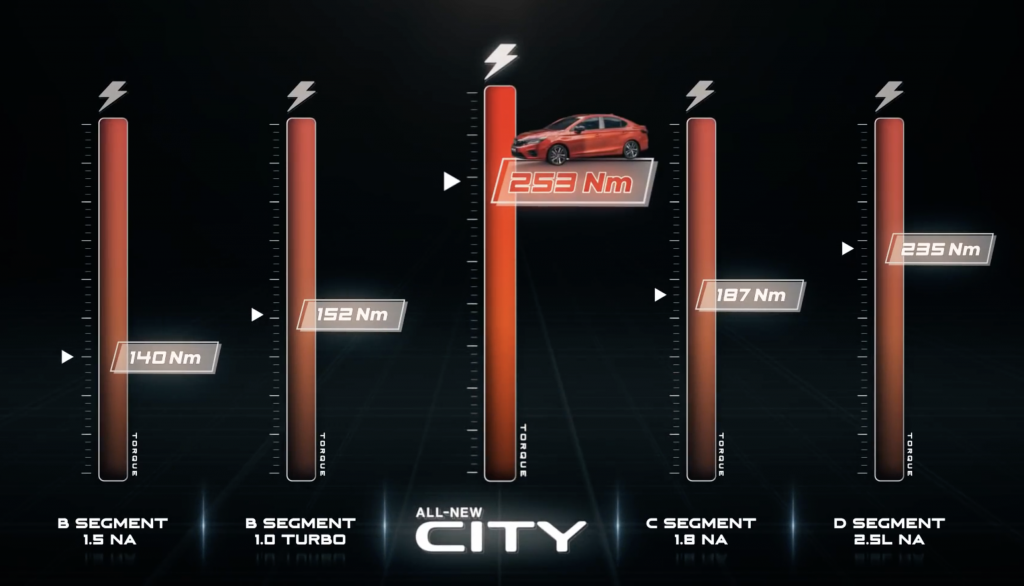
Without going too deep into mechanical engineering and physics, the simplest definition of torque is that it is a force acting at a certain distance. Hence why the unit of this measurement is in newton metre (Nm) or for those who prefer the imperial system, lb-ft.
This however doesn’t really explain how exactly torque works within the context of a car. So to grossly oversimplify it, torque makes your car accelerate, while horsepower on the other hand keeps its at that speed. In other words, the larger the torque figure, the more quickly a car can accelerate. If you still can’t get your head around it, simply remember that a high torque figure part of the reason why electric cars like the Tesla take off like a rocket.
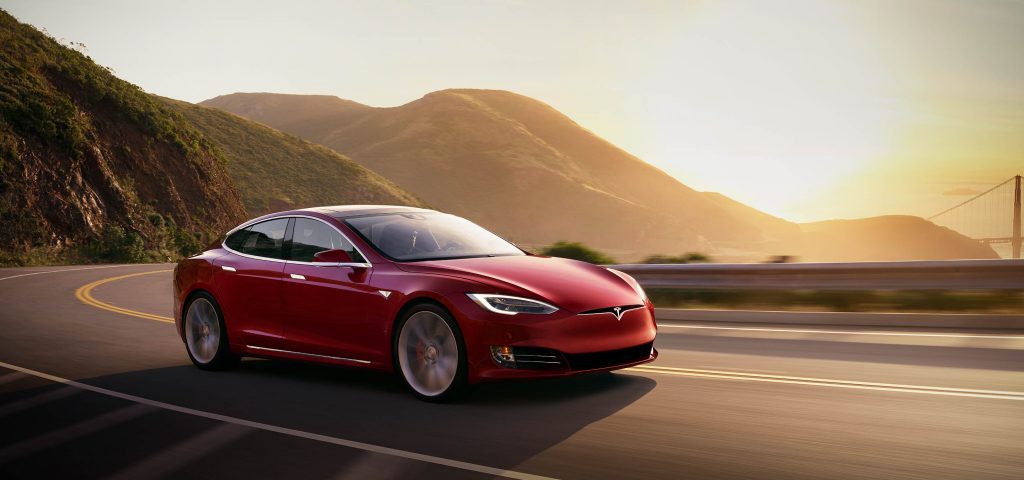
That said, the high torque figure is, as mentioned prior, only partly the reason why Teslas (or any other EVs) have such good acceleration times. The main reason actually has to do with the fact that electric motors generate maximum torque from a 0 rpm (in other words, at a standstill). And this neatly brings us on to the more tricky subject regarding torque, which is the torque curve.

A high torque figure isn’t going to generate that oomph of initial acceleration alone. Where exactly in the engine’s rev range does the maximum torque kick in is also important. Ideally, you would like the torque value the engine makes at any point to be plotted on a straight a line as possible. In other words, a linear torque curve. That way, there is always maximum accelerative power available in any engine speed.
However that is not usually the case for most engines, with naturally aspirated petrol engines especially only providing peak torque higher up in the rev range. That is why when overtaking, we normally drop down a gear or two to be able to pass the slower car in front.
Diesel engines and, to an extent, forced induction engines meanwhile, in addition to having comparatively higher torque figures, also inherently generates a more linear torque curve. Hence you’ll find that when driving those cars, there isn’t a need to change down before performing the overtake, making overtaking a breeze.
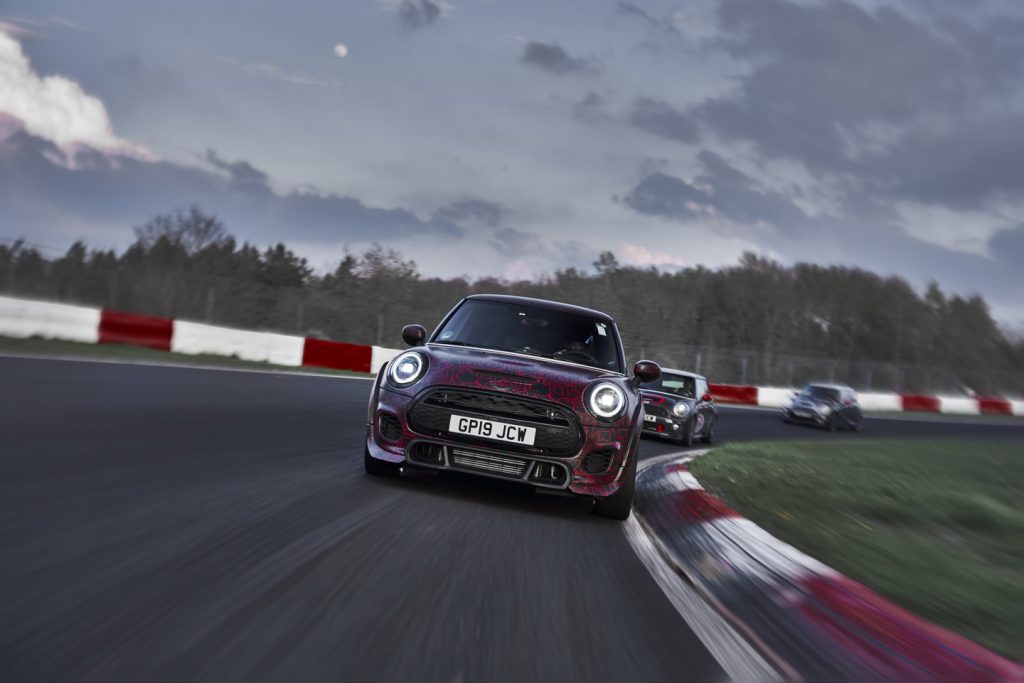
It has to be said though that with turbocharged cars especially, there will most likely be a momentary delay before the wave of torque whooshes you past the car to be overtaken. That is phenomenon is called turbo lag, and that will a story for another time.
Moreover, having all this torque available is not only useful when accelerating off the line or when passing someone though, as a high torque figure will also make it easier when driving up steep roads. Remember that torque could be thought of as a force. Hence, it stands to reason then that when there is more force available, it will be more effortless when powering up a steep incline like driving up Genting or Camerons.

Continuing on with this same rationale, a torquier engine can also save you fuel. This can be attributed to the fact that with more torque in hand, the engine will less strained because you aren’t wringing every drop of performance out of it at the higher ends of the rev range.
Instead, by riding that wave of torque at low rpm, the engine will naturally be rotating at slower speeds, as there is sufficient power already available at those engine speeds. And because fuel is burnt for every rotation, a torquier engine could translate to less fuel being burnt. Thus saving you money.
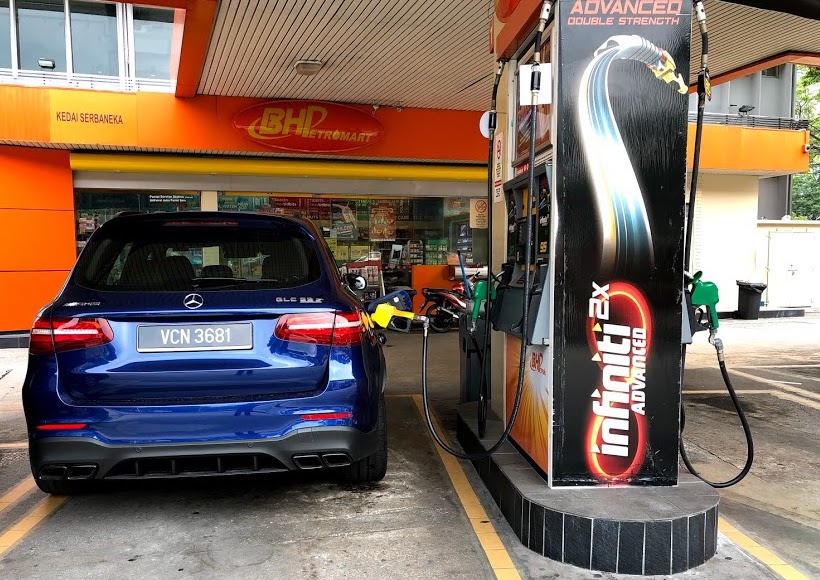
This of course is subject each individual’s driving style. Because from personal experience at least, having that oomph of acceleration on command is an addictive drug to say the least. Thus, bringing me on to the final point on of why torque should be a factor for consideration on your next car purchase. Speaking to the driving enthusiasts in particular, having a reasonable torque figure, especially at the low end makes for a really enjoyable driving experience.

While there are those who bow down at the altar of VTEC, for which high-revving horsepower is king in their world, having the knowledge that there is aeserve of torque beneath your right foot at any time makes the drive all the more reassuring, and fun. Besides, just the sensation of flooring it on an empty stretch of road and being pressed back into your seat enjoyment in itself.
Much like the memorable ‘torque matters’ City advert from a good few months ago that turned into a meme, it is true that torque does indeed matter. And hopefully you now know why exactly torque matters.






